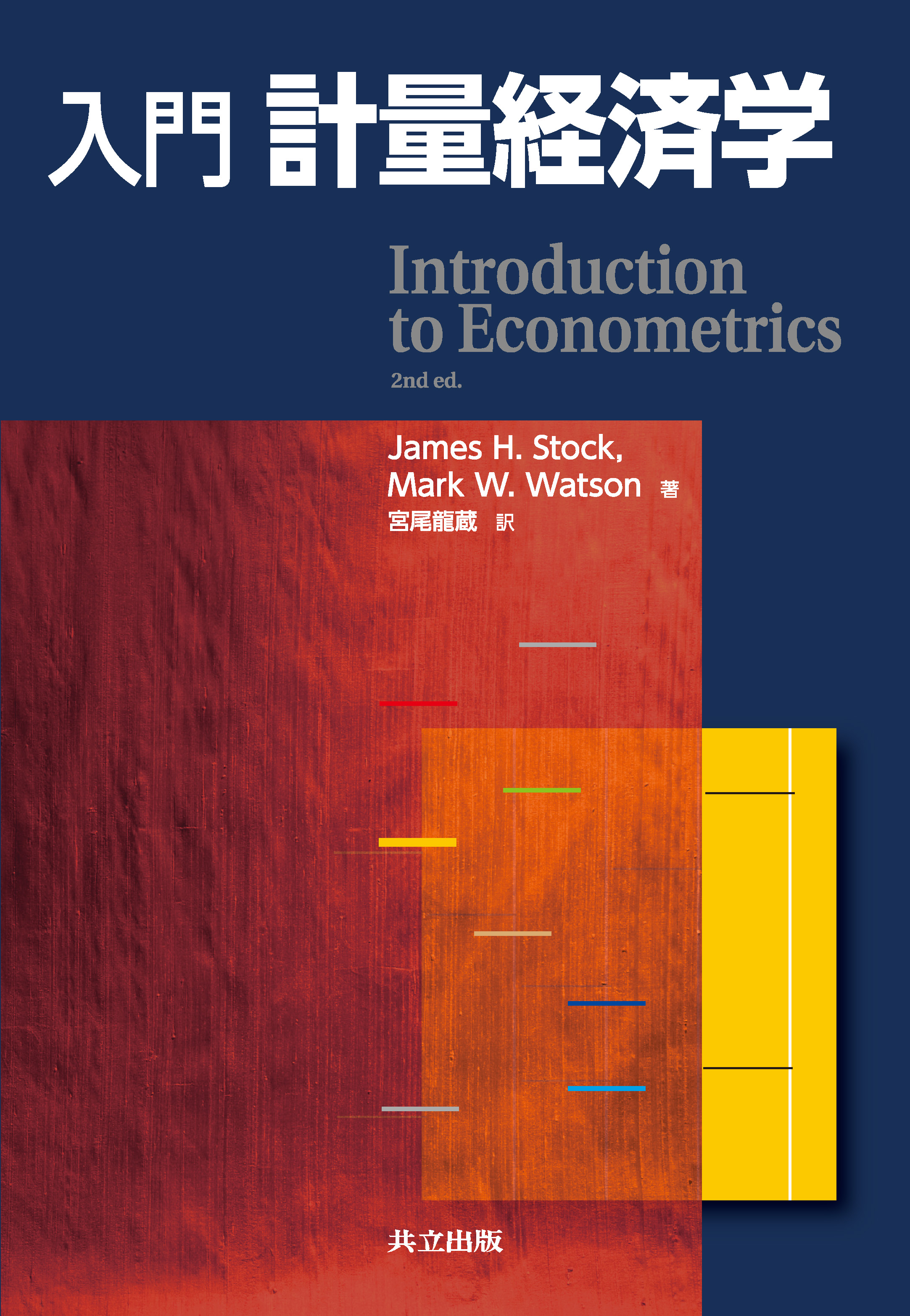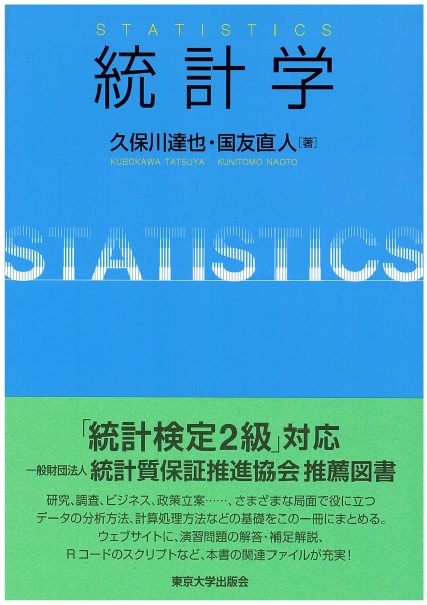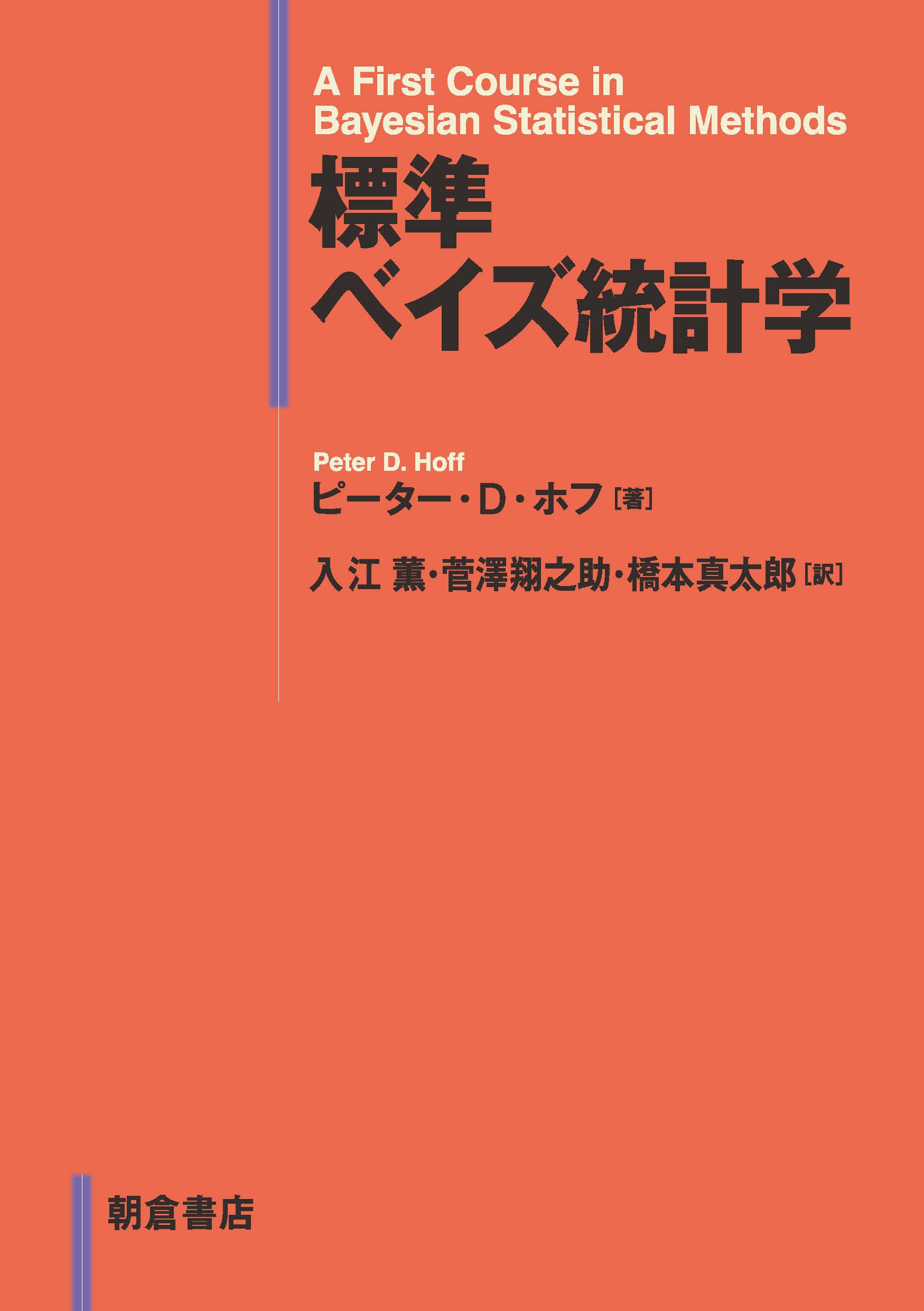
Title
Daigaku Yo-nenkan no Toukeigaku ga Juu-jikan de Zatto Manaberu (Learn four years of university statistics in ten hours)
Size
224 pages, 127x188mm
Language
Japanese
Released
July 28, 2017
ISBN
9784046020000
Published by
KADOKAWA
Book Info
See Book Availability at Library
Daigaku Yo-nenkan no Toukeigaku wo Juu-jikan de Zatto Manaberu
Japanese Page
Like all academic disciplines, statistics is best learnt by taking notes from a textbook and rereading one’s notes. However, this is not an option for businessmen and people in other fields (including some students). This work provides a concise introduction to statistics for such busy people and was written for a popular book series published by Kadokawa.
All the books in the series consist of 20 chapters, each divided into 5 sections. Every section is only 2 pages long with explanatory text on the left and tables or diagrams on the right. Each chapter is designed to be read in only 30 minutes, allowing the whole book to be completed in only 10 hours.
As the title suggests, the book contains some more advanced topics learnt in the later years of a university course in addition to first- and second-year introductory statistics. Some basic mathematical concepts are also included. The 20 chapters are organized into 4 parts. In Part 1, “An Invitation to Statistics”, the role played by statistics in society is described under four chapter headings: “Quantifying Concepts”, “Prediction”, “Investigating Hypotheses” and “Categorization”. Part 2 is titled “Reading Data” and deals with descriptive statistics, i.e. how information can be extracted from numerical data. It begins by providing basic knowledge on the dimensions and classes of data (qualitative/quantitative, cross-section/time-series, etc.) and levels of measurement. It then discusses the methodology of graphically arranging and summarizing data, including frequency distribution graphs, histograms, and scatter plots. It also describes averages, distributions, standard deviations, and correlational coefficients.
In Part 3, “Describing Mechanisms of Data Production”, the basic conceptual framework of populations and samples is presented, including details on probabilities and probability distributions. Binomial and normal distributions are also discussed here. Part 4, “Making Judgments based on Data”, explains the fundaments of statistical prediction, including random sampling, statistical inference (point estimation and interval estimation), and statistical hypothesis testing (using population means and mother ratios, etc.). There is also some more advanced discussion of qualitative data analysis, regression analysis, and time-series analysis. (translated by David C. Buist)
(Written by KURATA Hiroshi, Professor (Graduate School of Arts and Sciences) /, Interfaculty Initiative in Information Studies / 2017)



 Find a book
Find a book










